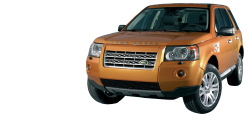
|
|
| Home · FAQ · New Posts · My Posts · PMs · Search · Members · Members Map · Calendar · Profile · Donate · Register · Log In |
 | Home > Maintenance & Modifications > Rear anti roll bar bush |
 
|
|
|
| Discofish Member Since: 12 Mar 2025 Location: Nottingham Posts: 21  
|
just about to do this myself, apparently undo the drop links then the brackets covering the bush - replace and reassemble.
|
||
|
 
|
|
| All times are GMT + 1 Hour |
< Previous Topic | Next Topic > |
Posting Rules
|
Site Copyright © 2006-2025 Futuranet Ltd & Martin Lewis
![]()


